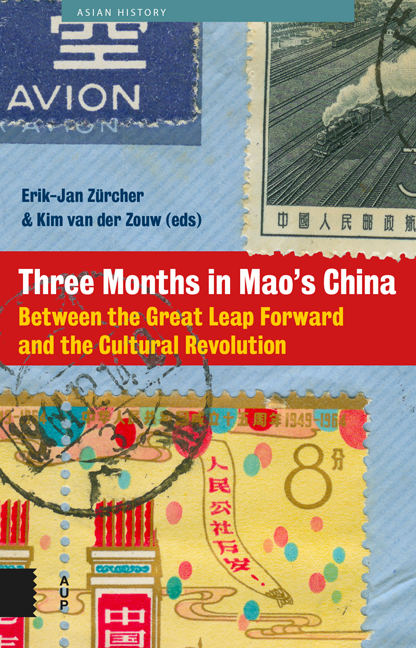From Beijing to Guangzhou
Published online by Cambridge University Press: 12 December 2020
Summary
After their journey into the interior, Erik and Tek spent another week in Beijing. Before setting off again, they made a few last interesting visits.
12 November
In the morning, went to the Fayuan si monastery, shown around again by Zhou Shujia and by a monk called Zhengguo Fashi. Another largely Qing temple, Ming at best; aside from a few built-in inscriptions, none of the original Tang building remains; all that remains from the Liao era are two column bases. The museum inventory (statues, devotional objects, paintings, et cetera) was exhibited and almost everything was bullshit. At the end, over tea, Zhou Shujia explained that there were various ‘classes’, such as on the History of Buddhism in India, as well as in China and other countries, Japanese language, Pali, English (no French or Sanskrit), Abhidhamma, et cetera. So it's a kind of Buddhist college, this Buddhist Association. Saw nothing of the library (there was one, in an outbuilding), only the Ming edition of the Tripitaka. Xuanzang's skull relic (a piece of bone) in a little cloisonné pagoda on the altar in a special Xuanzang commemoration hall. The buildings were renovated in the 1950s. I didn't touch on doctrinal matters; embarrassing, especially due to the presence of two strange young men in Sun Yat-Sen uniform, one of whom studied ‘Buddhist art’ (the usual formula: ‘the great works of the Chinese people’, to be distinguished from ‘superstition’).
13 November
In the morning went to Rongbaozhai, where we were met by Mme Feng. A painter herself and head of the block-printing department (set up in 1930 with four people, now more than one hundred). Under her supervision, observed the process of tracing, carving and printing. watched closely and took ten or twelve photos as documentation. Very pleasant people, promised to help Tek set up block-printing department at the museum.
14 November
At ten o’clock, the two of us went to Liulichang with Xu, very instructive. We gave Xu a little Yingshi rock that used to form part of the collection of the brother of Puyi. The shopkeeper was moved by this and found a fan that had belonged to the same man, for Tek to buy for the museum.
- Type
- Chapter
- Information
- Three Months in Mao's ChinaBetween the Great Leap Forward and the Cultural Revolution, pp. 99 - 126Publisher: Amsterdam University PressPrint publication year: 2017



